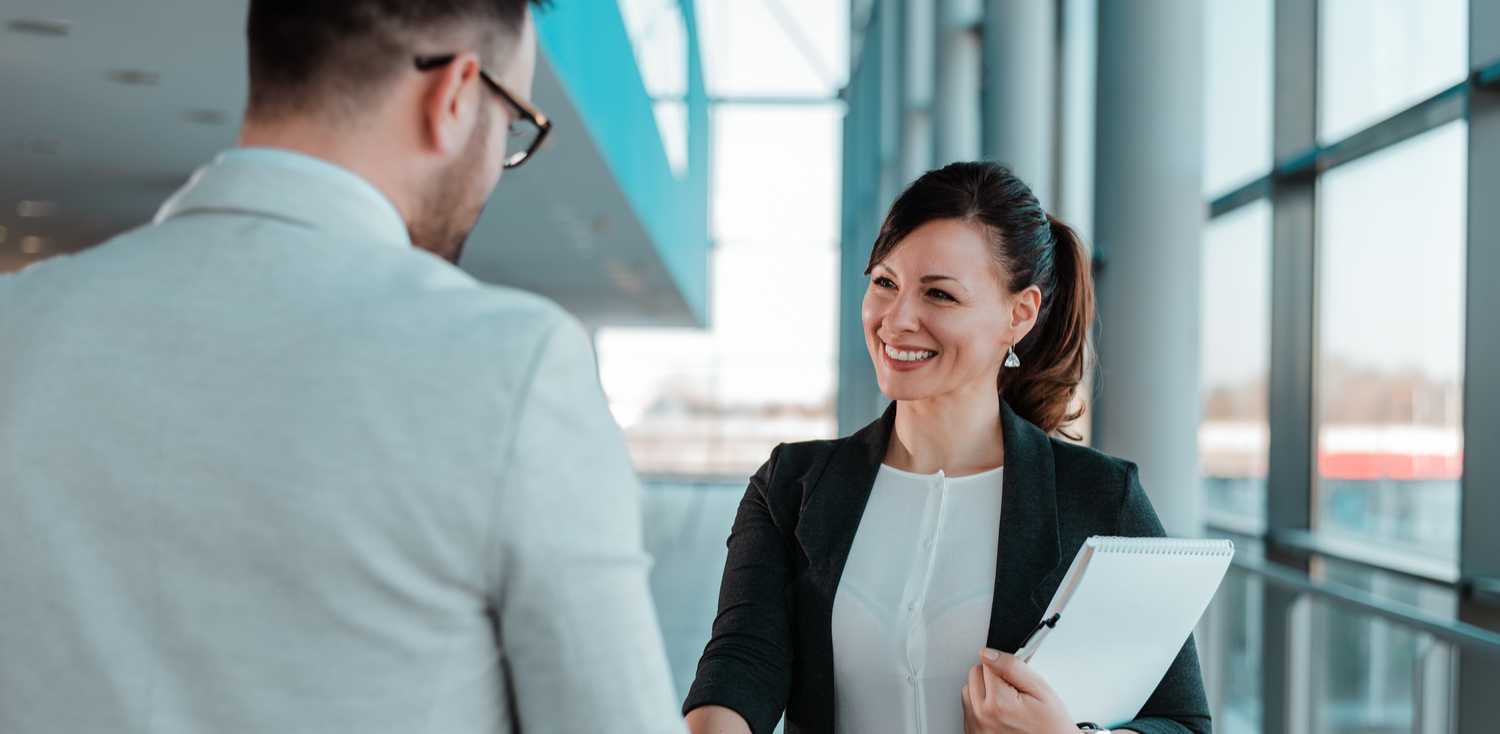It’s an old expression that the first step is always the hardest. But what if graduates who are looking to enter the workforce or make a career change had a way to make that first step a little less daunting?
A helping hand
Is it any wonder then that graduates turn to further education?
According to recent research conducted by the IML ANZ and WhereTo, 82% of students sought industry-based learning, and 78% felt that this would boost their confidence when it comes time to enter the workforce.
And it’s not just the students who feel like they need a helping hand. The same study found that 50% of employers believe that graduates don’t possess relevant workforce skills – despite their qualifications, they’re perceived to lack the practical capabilities required in the modern workplace.
Affirmation and advancement
It’s a familiar tale. When Deakin MBA student and consultant at public policy and regulatory advisory firm, Allen + Clarke Consulting, Pauline Van IMLa, decided it was time for a career change her first thought went to further education. “I was stuck on what to do next. So I decided to do what most people would and go for further studies,” Van recalls.
Like many who pursue the post-graduate program, it comes down to validation of one’s knowledge. Van explains that the MBA for her was a way to establish herself. “It’s given me a level of credibility and shows people that I am thinking more broadly about the workplace and the issues that impact businesses.
“I knew that there was no other physical token I can have that proves I was thinking of the bigger picture.”
Beyond the books
However, the research by IML ANZ shows that building a solid and enviable career takes more than merely sitting in class and collecting a qualification. In Van’s experience, it’s real-world interactions with leaders that made a difference to her career.
As a candidate of Deakin’s MBA program, Van has become an Affiliate Member of IML ANZ, affording her access to member-only networking events. Remarkably, after attending her first gathering with other Members, Van immediately realised the benefits of being part of this diverse network of professionals. She got talking with leaders from different industries and fields of expertise, including the managing director of her current employer and landed “her dream job.”
That positive outcome was a clear benefit of being part of a professional network. According to Van, “IML ANZ’s network is not limited to just one university or industry. It involves a broad cross-section of professionals: students, leaders and even those in the later stages of their career. The mix is just broader and richer.”
The perspective of industry insiders
On top of landing a new job, Van also benefited from gaining a different perspective on what’s possible for her career. “It was surprising to have very senior leaders encouraging me to join a board. Some of them wanted me to reach out afterwards to make sure that if I needed any resources or wanted to prepare myself that I got the support,” recalls Van.
Conversations with leaders currently sitting on boards showed Van that they are genuinely seeking diversity, not just in gender, but also in age. “They argued that there aren’t enough women or young people on boards.
That combined with the way they pointed out that I now have a good understanding of governance because of my previous roles in HR, made me feel that they really saw me as a valuable board member now – not sometime in the future, but right now.”
These are simply not insights available from within lecture halls. These are insights that can only be gathered by connecting with industry insiders. As Van put it, “It’s not something that normally gets advertised. And for students, how many board members do we actually know? So it was so valuable to be around leaders who helped me think: ‘We need people like you on boards, so why not join?’”
Professional networks add value
Van’s experience and IML ANZ’s research confirms that it takes more than qualifications to boost employability. Partnerships between universities and professional bodies afford students the networking opportunities that open-up their career options – whether that’s a new job or a push to think about joining a company board.
For, Van being part of the IML ANZ network offered her real professional connections. “People tend to think that networking is this sterile, one-sided process where people only reach out for what they can get.
“What IML ANZ and Deakin offer showed me that it can be focused on building relationships.”
Van concludes with advice for others like her who are looking to boost their careers, “It comes down to your motive for development. Find programs that will give you the best chance to achieve your goal. If you’re given the opportunities, seize it. Don’t hold back.”












